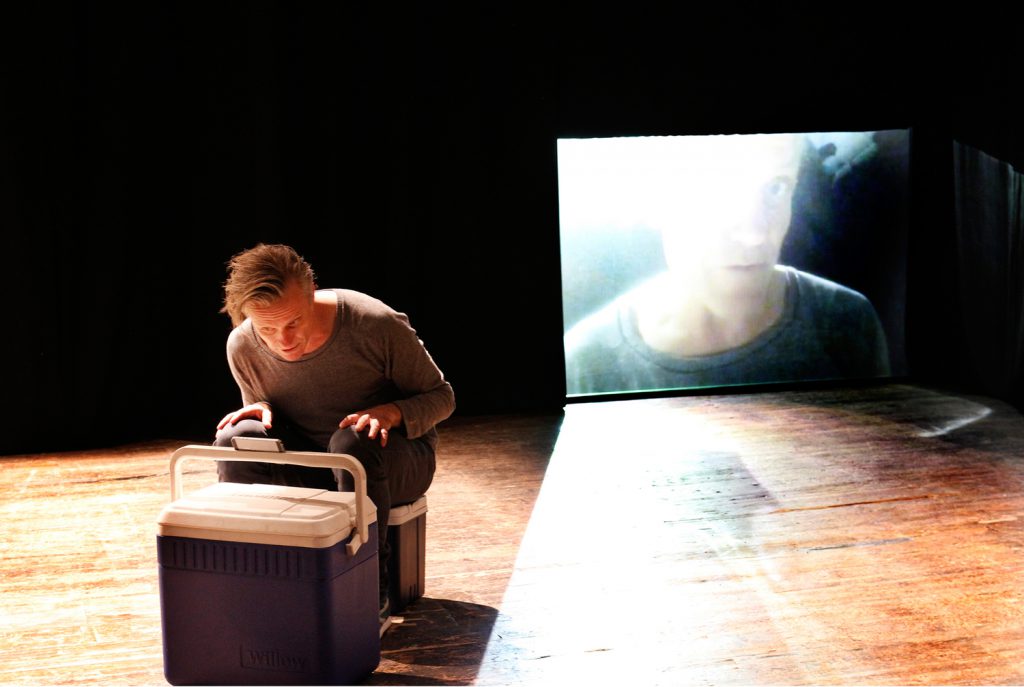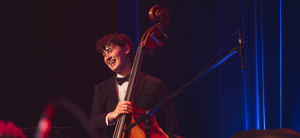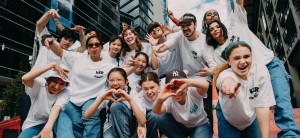A case study from the KAGE, a participating organisation from the Creative Victoria 2016 pilot.
With very special thanks to KAGE for sharing their results and insight for this case study.
KAGE was one of 23 organisations that participated in the Creative Victoria- Culture Counts pilot. We are based in Melbourne, Victoria, with national shows across Australia and plans to commence international shows.
Applying for the Creative Victoria Pilot
It’s important for us to know who our audience is and what interests or doesn’t interest them about the work we produce. While we have always been keen to capture this kind of feedback, surveying audiences is often a low priority due to a lack of resources. The Creative Victoria pilot was a formal way of being involved in a process to ensure we evaluate our events properly.
About the events
PICNIC is a solo dance theatre work by Gerard Van Dyck. The show uses the great Australian tradition of ‘picnicking’ as an analogy for happiness and addresses themes of isolation, innocence and how the act of being creative is underestimated.
The three PICNIC tours that we evaluated using Culture Counts were:
- The Melbourne season. This was presented at fortyfivedownstairs, for a two-week season and was open to anyone to come and see. One of the shows was registered for the 2015 Melbourne Writers Festival, which was a good way to engage a new audience. We did a Q&A with Marieke Hardy who was the writer of the show.
- RAV Tour. We toured earlier this year with Regional Arts Victoria to schools in Victoria. There were 11 schools in total. The show was performed in a variety of different venues, school halls, and school theatres including the Geelong Performing Arts Centre.
- SA Tour. Throughout June we ran a South Australian tour organised by Country Arts SA. PICNIC was performed at three towns: Clare, Streaky Bay, & Port Lincoln. The audiences were a mix of students, teachers and general public.
We wanted to evaluate and compare the three tours using Culture Counts to see if there were any differences in how audiences responded to the work, particularly the differences between students and the general public who attended our Melbourne season.
Findings
When comparing the results across the three events we wanted to look at three specific dimensions in particular. These dimensions were:
- Captivation: ‘It held my interest and attention’
- Distinctiveness: ‘It was different from things I’ve experience before’
- Risk: ‘The artists weren’t afraid to try new things’

There were very similar results for these dimensions across all three tours. To have such vastly different audience types respond to these dimensions similarly means that the components of quality that we focused on: Risk, Captivation and Distinctiveness are generally agreed upon.
From the small variances we could see, the Melbourne audiences found PICNIC to be more captivating but less distinctive. The RAV tour audience scored highest for Risk and lowest for Captivation. The SA tour audience found it to be different from things they’ve experienced before but less sure that the artist was willing to try new things.
The most interesting finding was from the Melbourne season. We found that a large percentage of respondents had not seen a KAGE show before. As the company is based in Melbourne, we had predicted that more people who were familiar with KAGE’s work would have been represented in the data. That was good for us to know, and to have data supporting the fact that we were reaching a new audience.

Challenges
I think one of the biggest challenges was finding the time and human resources to capture audience feedback. We relied on our office staff to survey audiences in Melbourne and our production manager to survey audiences on tour. It was sometimes difficult for staff to put their other jobs on hold to survey audiences.
Sending out surveys via email also presented difficulties for us. We found that some PICNIC audience members did not feel incentivised to complete the survey. Also, when performing at a venue we often don’t have access to audience data and therefore can’t email audience members. So unless we physically go out and talk to people we often don’t get feedback.
What will you do differently next time?
We used iPads to conduct interview surveys and we also emailed the survey when we had the opportunity. On the schools’ tour, we gave a link to the teachers so they could provide it to the students. We also put it on our social media after the Melbourne season. Ideally, we would like to arrange a couple of nights where we get a whole team of people to interview with tablets or to do more follow up afterwards by email recipients. We didn’t always get enough people to undertake the survey, which would make the results more statistically representative of our audiences.
Overall
Being part of this pilot program has given us a new way to think about how we measure the reach and impact of our work. This has been beneficial in acquitting grant applications as we can now provide funding bodies with more qualitative data. For example, we were able to provide feedback to Regional Arts Victoria to supplement the responses they received from surveying schools themselves. We have also been able to use the results of our Culture Counts surveys in creating a marketing pack for PICNIC to give to venues interested in presenting the work in the future.
Being part of this program has allowed us to think about collating audience feedback in a new way. While the dimensions provide an interesting way to record the response to the show, it is yet to be seen how we will use this in developing new works, especially as we do not have comparison data from our other shows. We’re also keen to explore instances where all audience members don’t respond in the same way. For some, the work may be relevant as it explores an issue close to the heart but for others, it might be seen as a very risky work that explores a theme they have not seen addressed before. This means that we may not always be able to predict an audience’s response. Using a survey like Culture Counts, however, allows us to capture these responses and gain an insight into the reach and impact of KAGE’s work.




